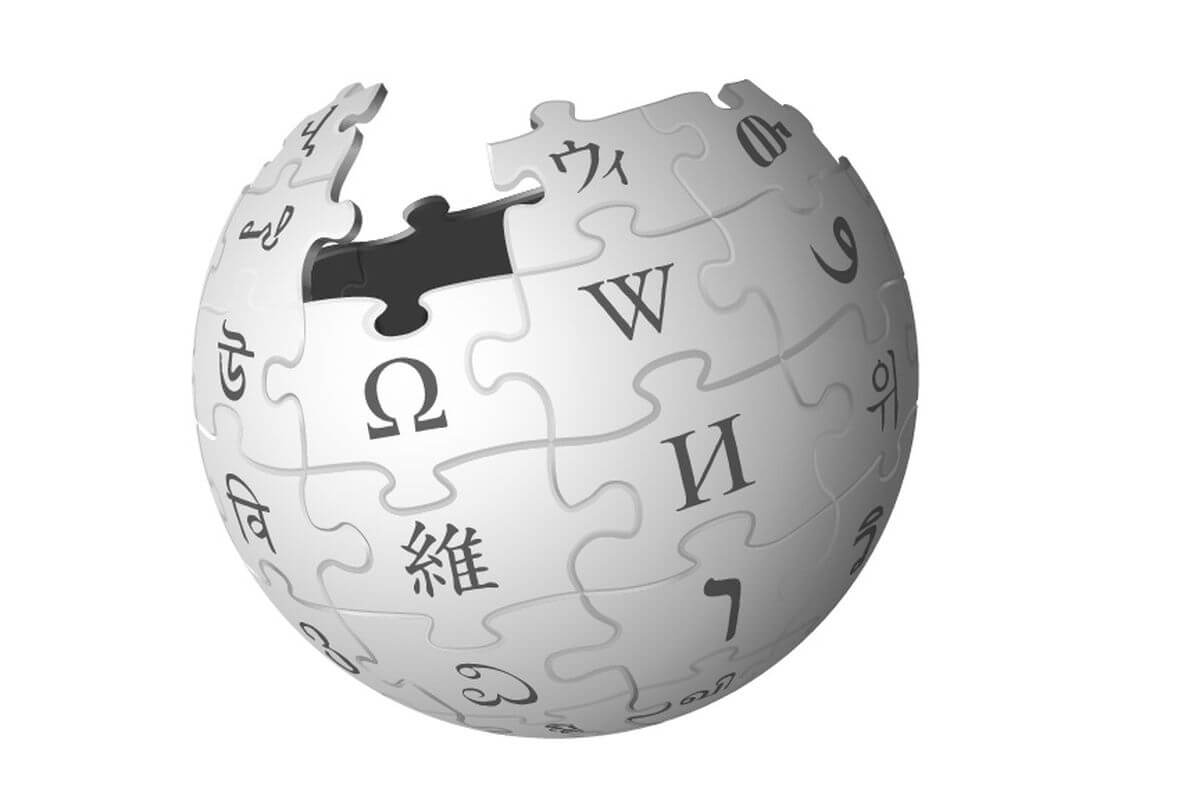Emily Halford

Emily is a data analyst working in psychiatric epidemiology in New York City. She is a suicide-prevention professional who is enthusiastic about taking a data-driven approach to the mental health field. Emily holds a Master of Public Health from Columbia University.

A few weeks ago, I wrote an article using historical population data from numerous US cities.

One of the first things I wanted to do after receiving my COVID-19 vaccination was to visit a museum (with masks and social distancing, of course), and my first such visit was to The Museum of Fine Arts in Houston, Texas.

There are so many articles and social media posts out there attempting to define the difference between data analyst and data scientist roles, a goal that I’ve never quite understood.

The Janitor Package

Shiny is used by many data scientists and data analysts to create interactive visualizations and web applications.

It’s fairly straightforward to set up a GitHub connection when creating a new R project.

One of the most common analyses conducted by data scientists is the evaluation of linear relationships between numeric variables.

Healthcare data science has been growing rapidly for several years, although the use of data to understand and address mental health problems has lagged behind the rest of the field.

Most of us here in the U.S. are waiting with bated breath for the results of next week’s enormously consequential presidential election.

You’ve likely heard the popular guideline that if you find yourself copying and pasting code more than 3 times, you should write it as a function.
By visiting our website you agree that we are using cookies to ensure you to get the best experience.
We use cookies to ensure you to get the best experience on our website. If you decline the use of cookies, this website may not function as expected.
Tools used to analyze the data to measure the effectiveness of a website and to understand how it works.